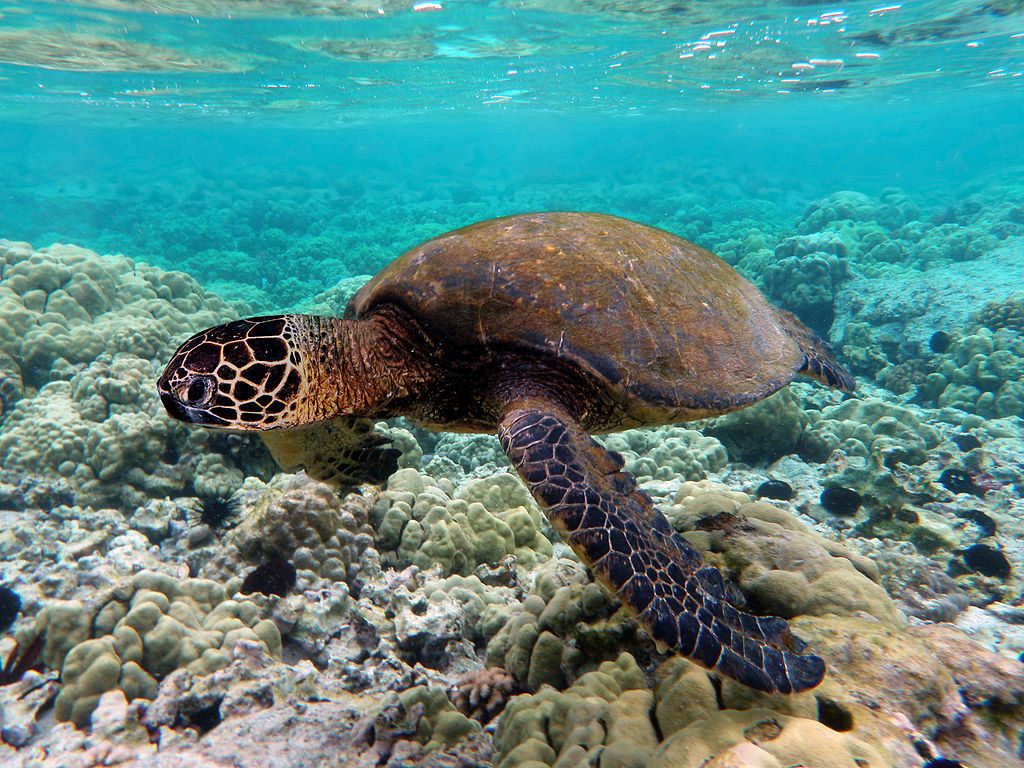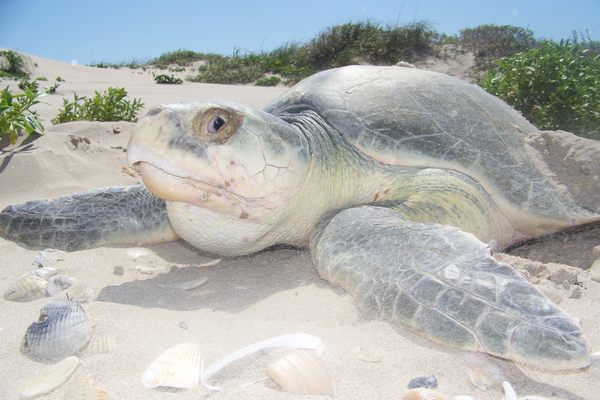Forensic Science Is Being Used to Crack the Secret Code of Turtle Foraging
Evidence never lies.

As an investigative technique, isotope analysis is the preserve of serious crime fighters. It can be used to help bust drug rings, track criminals, or find out where a suspect had recently traveled—it’s amazing the information that a bit of hair can hold. It’s also important in archaeology, ecology, and other fields, and now scientists at the University of Exeter have found a new use for it: tracking the secretive feeding habits of turtles.
Green turtles, native to the area around the island of Cyprus, south of Turkey, were decimated by a taste for turtle soup that surged from the 1920s through the 1970s. Now they are at risk from the tourists that flock to Cyprus’s beaches, which threatens their nesting grounds. There may now be as few as 500 female green turtles left around the island. As part of conservation efforts, scientists have been observing green turtles for years, and tracking their movements from foraging grounds to breeding sites. These journeys can cover hundreds of miles, with many turtles favoring the same areas year after year.
Previously, scientists had to rely on tagging and satellite tracking to keep an eye on the turtles. But by analyzing stable isotope ratios, which show what an animal has eaten and where it came from, they unearthed another important site they’d previously missed. They now know that Lake Bardawil (actually a salty lagoon), on Egypt’s north coast, is the most important feeding area for the turtles that head to Cyprus to breed each year. “A large proportion of turtles had isotope ratios that did not correspond to sites previously identified, and we tracked five of them,” said Brendan Godley, from the University of Exeter. “Five out of five went to Lake Bardawil.” In the future, he says, they will be able to use stable isotope analysis to measure the success of their conservation efforts. Science is on the case.

















Follow us on Twitter to get the latest on the world's hidden wonders.
Like us on Facebook to get the latest on the world's hidden wonders.
Follow us on Twitter Like us on Facebook